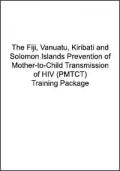Publications on Children

Resource | Publications,
On 20 November 2009, the global community celebrates the 20th anniversary of the adoption by the United Nations General Assembly of the Convention on the Rights of the Child. This unique document outlines universal standards for the care, treatment and protection of all individuals below age 18. It is the most widely endorsed human rights treaty in history, currently ratified by 193 States parties.
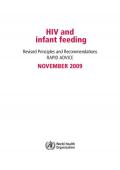
Resource | Guidelines,
WHO recommendations on infant feeding and HIV were last revised in 2006 (published in 2007 as an HIV and Infant Feeding Update – ISBN 978 92 4 159596 41). Significant programmatic experience and research evidence regarding HIV and infant feeding have accumulated since then. In particular, evidence has been reported that antiretroviral (ARV) interventions to either the HIV-infected mother or HIV-exposed infant can significantly reduce the risk of postnatal transmission of HIV through breastfeeding.
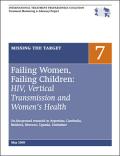
Missing the Target 7: Failing Women, Failing Children: HIV, Vertical Transmission and Women’s Health
Resource | Publications,
Our research for this report, Missing the Target 7, has reinforced the need for governments, UN agencies, donors and indeed civil society to look beyond the magic bullet of administering a pill each to mother and baby in order to stem the annual toll of preventable infections and deaths in newborns.
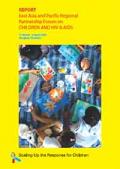
Resource | Publications,
This report highlights the substantial inputs and discourses made during the three-day Forum. It outlines several action points that aim to minimize the impact of HIV and AIDS on children and young people and to prevent the continuing spread of HIV by protecting children and young people from a host of vulnerability and risk factors that drive the spread of HIV in the region.
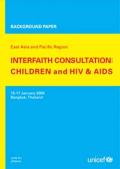
Resource | Publications,
This background paper of the UNICEF East Asia and Pacific Regional Interfaith Consultation: Children & HIV presents regional strategies to strengthen the role of faith-based organizations (FBOs) in responding to HIV & AIDS. It brings attention to four key areas: access to essential services, building a supportive environment, strengthening the capacities of families and mobilizing and supporting community-based responses in addressing the needs of children affected by HIV and other vulnerable children in the East Asia and Pacific region.








